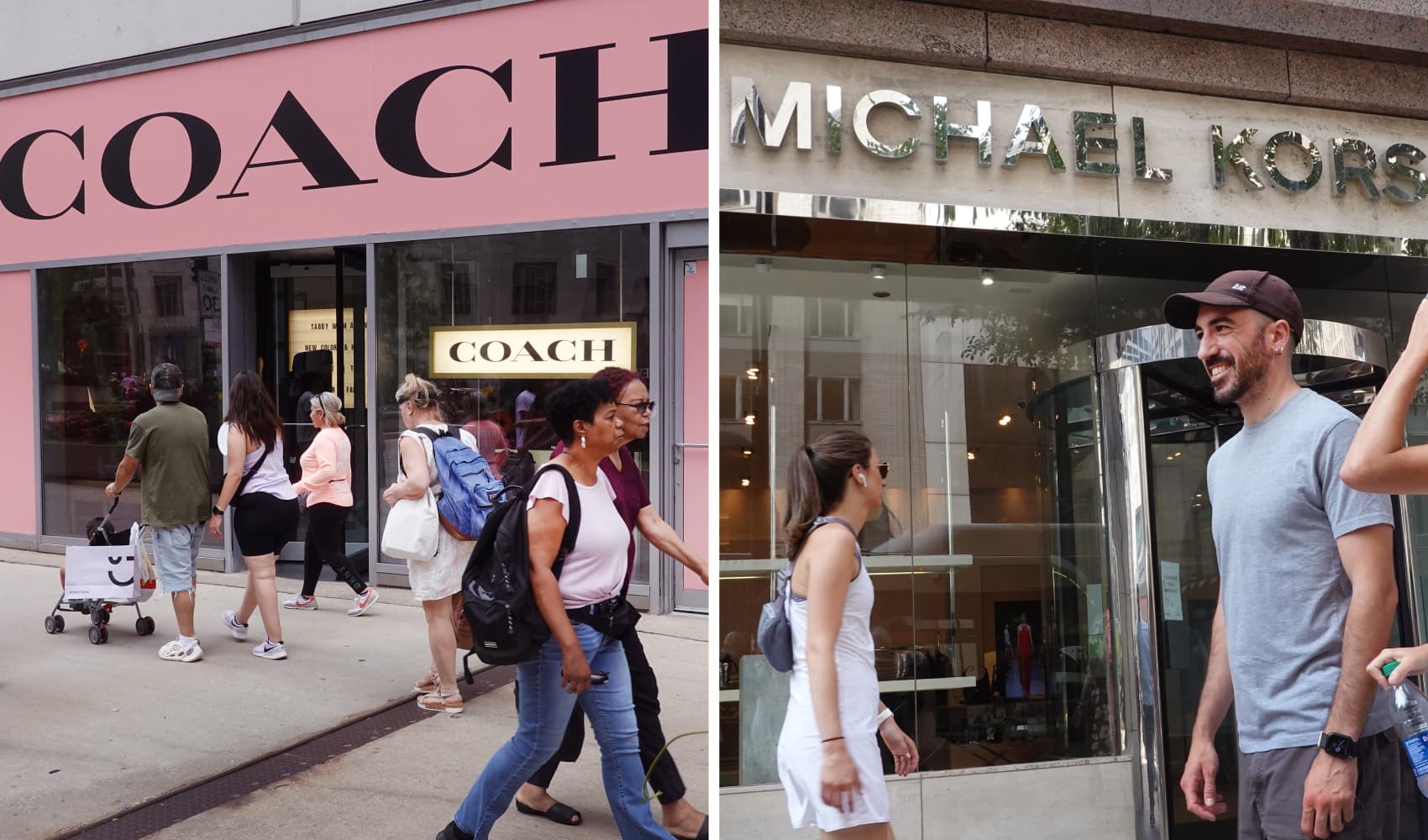You can’t put a price on the joy that children bring their parents, but the U.S. Department of Agriculture has put a price on what it will cost on average to feed, shelter, and care for them through age 17: $245,000.
“Having a child is one of the most amazing and joyful events -- and also one of the most expensive events that families will face,’’ said Donna Levin, vice president of operations and co-founder of Care.com, a Boston-based website all about helping families needing care for family members of all age make connections with potential caregivers. “When most people find out the cost of care, they are completely surprised,’’ Levin said.
At an average of $18,000 a year in their years before elementary school, a new Care.com survey found care for kids will typically cost families more than taxes or healthcare or food or housing.
Figuring out how to get a handle on those costs? For expectant parents, Levin said, “It starts off really simple. Start with a budget. Start to take a look after you pay your rent, after you pay utilities, after you pay for your car, actually, what's left?’’
Something Donna learned from her own experience as a mother of two that has been validated by Care.com research: Having someone come care for your kids in your home may be cost-competitive with conventional daycare.
Nationally, the company found, for a family with a 4-year-old and an infant, on average it will cost you $254 a week for family child care, $336 for a day-care center, $360 for an au pair, and $495 a week for a nanny, a considerably more experienced and trained caregiver than an au pair.
In Boston, in contrast, it averages $664 a week for outside-the-home daycare for a family with kids of those ages, but $531 a week for a nanny, according to the Care.com survey.
Business
Depending on whether the nanny lived with you or not, you’d have to add on the cost of room and board and employer taxes and other fees. But for Levin, the important take-away message is that many people who might prefer to have one caregiver who builds a close relationship with their kids and them and looks after them inside their home, rather than having their children go to outside-the-home daycare, might find on a dollar basis, it’s a cost-competitive option, especially after factoring in all the intangible values.
The best explanation appears to be that around Boston, there’s a tight supply of licensed daycare, but lots of college students looking for extra money from child care like the Levins’ nanny, Rachel Rosa, a pre-med student at the University of Massachusetts at Boston.
It’s an approach that takes a lot of thought and screening for the right person, of course, and clear understanding about just what you’re paying the person to do. “A nanny can live in or live out and you can specify a range of duties for that nanny -- pick up for the kids shuffling kids to activities and also doing some light housework around the home. We encourage you to put together a nanny contract,’’ Levin said. “If you have multiple children, if you're going to pay $600 dollars each per child for day care, having a nanny or au pair becomes a much more affordable option.’’
With video editor Lauren Kleciak and videographer John E. Stuart



